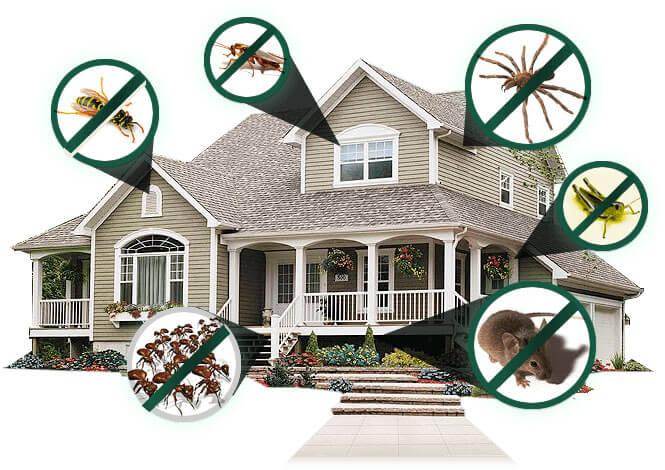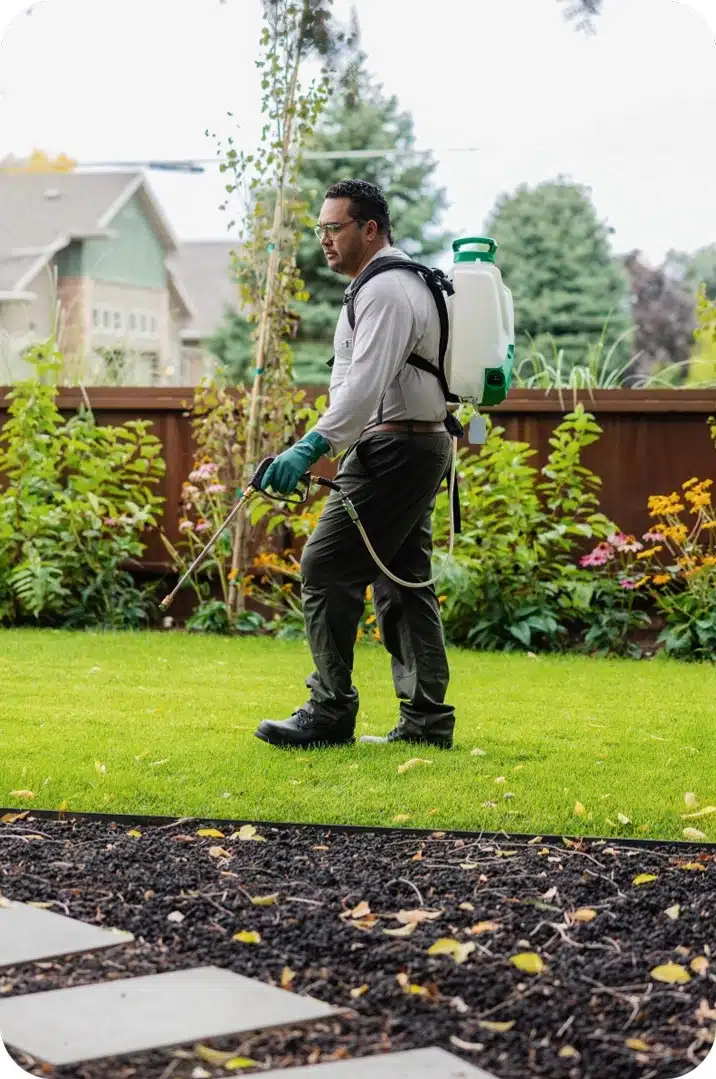Bed Bug Therapy Malfunction: Comparing Chemical Vs. Non-Chemical Solutions
In the realm of insect control, particularly when managing the persistent issue of bed insects, the choice between chemical and non-chemical therapy solutions can be an essential one. Both strategies use distinctive benefits and downsides, influencing factors such as performance, safety considerations, and overall price. By checking out the nuanced details of each method, a more clear understanding of which path to seek in dealing with a bed pest infestation can be attained.
Effectiveness of Chemical Treatments
Chemical treatments for bed bug infestations have actually been commonly identified for their powerful and quick efficiency in eradicating these pests. When considering the efficiency of chemical treatments, it is critical to comprehend that they can provide a extensive and fast solution to a bed insect problem. Expert pest control experts typically rely upon insecticides to target bed insects at numerous phases of their life cycle, including grownups, fairies, and eggs. These chemicals commonly work by interrupting the bed insects' worried system, bring about paralysis and ultimate fatality.
In addition, chemical treatments have the benefit of providing recurring effects, suggesting that they can continue to remove bed insects also after the initial application. This residual action is particularly valuable in combating any possible re-infestations. Furthermore, the quick action of chemical therapies can bring alleviation to individuals dealing with severe bed insect problems, allowing them to restore control of their home quickly.
Safety Interest In Chemical Solutions
When making use of chemical options for bed pest treatment is guaranteeing the safety of occupants and the setting,One important facet that calls for cautious factor to consider. While chemical therapies can be efficient in removing bed bugs, they might posture threats otherwise managed effectively. One of the primary safety and security worry about chemical options is the possible injury they can trigger to human health and wellness. Exposure to particular chemicals used in bed bug therapies can cause breathing issues, skin irritability, or various other negative reactions, specifically in people with pre-existing problems or level of sensitivities. Additionally, inappropriate application or dosage of chemical pesticides can result in harmful residues remaining in the treated location, presenting lasting health and wellness risks to passengers.
Moreover, the ecological effect of chemical remedies is another considerable factor to consider. Some chemicals made use of in bed bug treatments may be hazardous to advantageous pests, wildlife, and environments if they leach right into the soil or water systems. It is important to utilize chemical therapies sensibly, complying with safety and security standards, and considering much less poisonous choices to reduce these dangers and ensure the risk-free and reliable management of bed bug invasions.
Benefits of Non-Chemical Techniques
Considering the potential safety problems and ecological impact linked with chemical options for bed insect therapy, discovering non-chemical techniques provides a promising choice with numerous unique advantages. Non-chemical treatments are environmentally friendly, as they do not contribute to air or water home pest removal air pollution, making them a sustainable selection for insect control.
Additionally, non-chemical remedies can be efficient in targeting bed pests, including hard-to-reach locations where chemical treatments might not penetrate. Approaches such as heat therapy, vacuuming, heavy steam cleaning, and bed mattress encasements offer extensive eradication without the usage of hazardous chemicals. Additionally, non-chemical approaches can be much less disruptive, needing marginal preparation and enabling quicker reentry into treated areas. Generally, going with non-chemical bed bug treatment approaches not only prioritizes security and environmental management but additionally makes sure comprehensive and efficient parasite control.
Limitations of Non-Chemical Treatments

Furthermore, non-chemical treatments typically need numerous applications to achieve effective removal. This can be lengthy and may not always ensure complete elimination of all bed pests and their eggs, particularly in surprise or hard-to-reach locations.
Moreover, the success of non-chemical therapies greatly depends on proper implementation and thoroughness, which can be challenging for individuals without expert knowledge. Insufficient application of non-chemical methods may result in insufficient eradication, causing persistent problems and the requirement for added treatments.
As a result, while non-chemical therapies have their benefits, it is vital to recognize these constraints and consider them when establishing one of the most reliable strategy for taking care of bed pest problems.
Price Contrast: Chemical Vs. Non-Chemical Options
Offered the limitations connected with non-chemical treatments, a vital facet to evaluate in the context of bed pest administration is the price contrast in between chemical and non-chemical choices. In comparison, non-chemical treatments like heat therapy or steam can be a lot more costly, with costs varying from $1,000 to $6,000 for a whole home. While the first cost of chemical therapies may seem reduced, several treatments might be required to fully eliminate the infestation, possibly enhancing the total price.
Conclusion

Considering the prospective security problems and environmental influence linked with chemical services for bed insect therapy, discovering non-chemical methods offers an encouraging alternative with a number of distinctive advantages.Offered the constraints connected with non-chemical treatments, an important more element to examine in the context of bed pest monitoring is the cost comparison between chemical and non-chemical choices. In comparison, non-chemical therapies like warm treatment or steam can be more expensive, with costs ranging from $1,000 to $6,000 for an entire home. While the initial price of chemical therapies may appear reduced, multiple treatments might be called for to totally eradicate the invasion, potentially increasing the total price.In conclusion, when contrasting chemical and non-chemical bed pest treatment choices, it is crucial to take into consideration efficiency, safety and security, benefits, limitations, and cost.